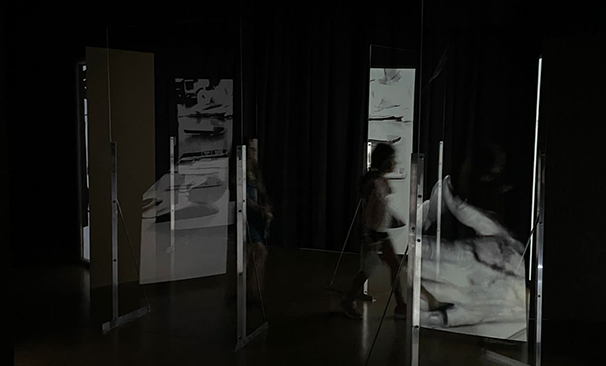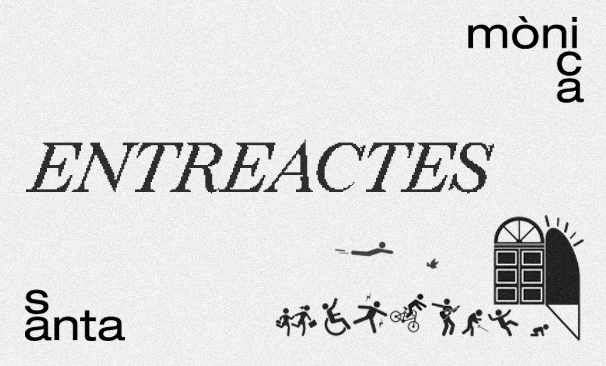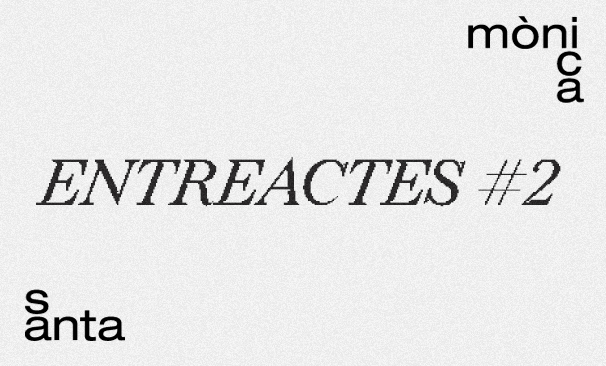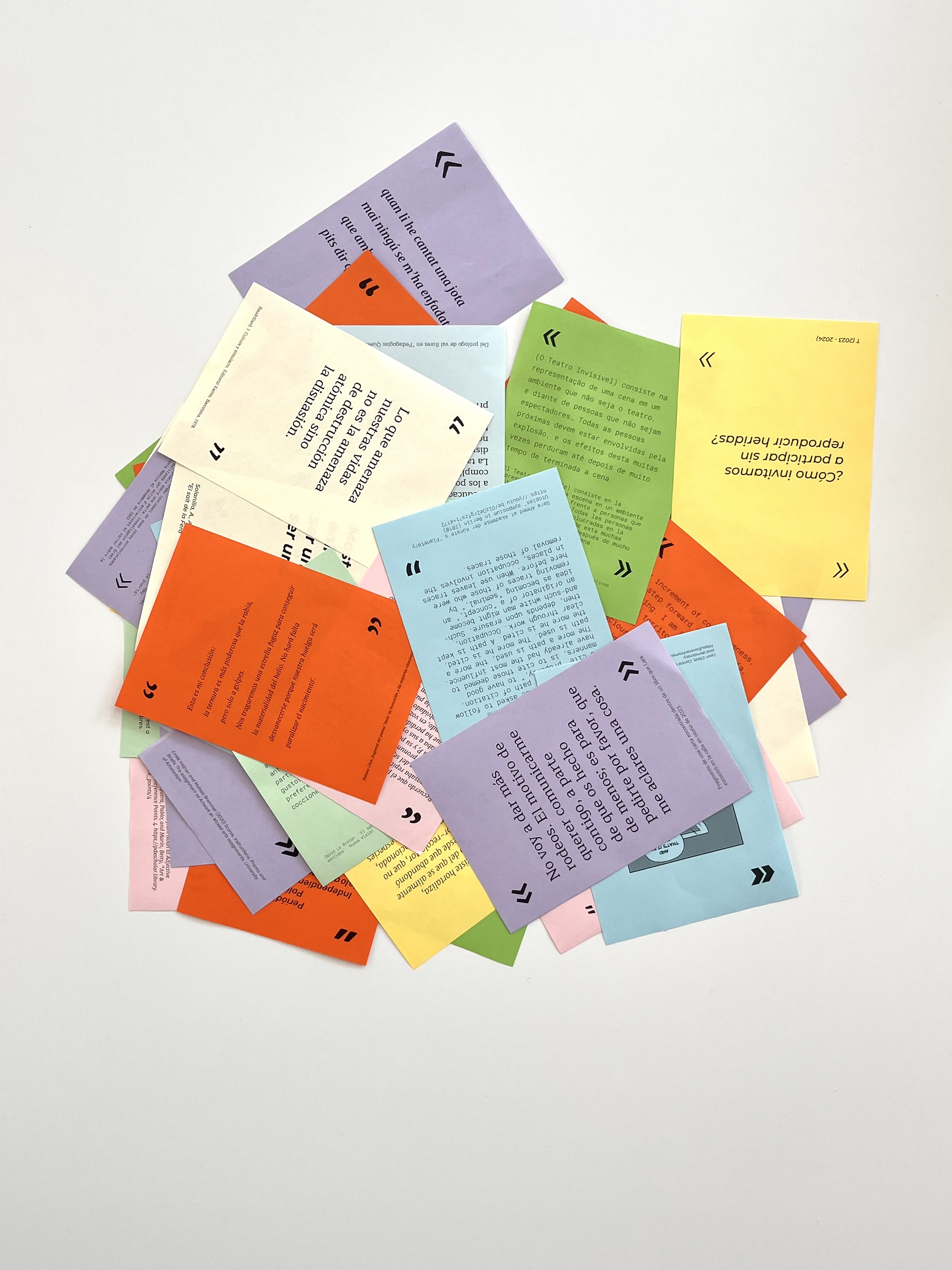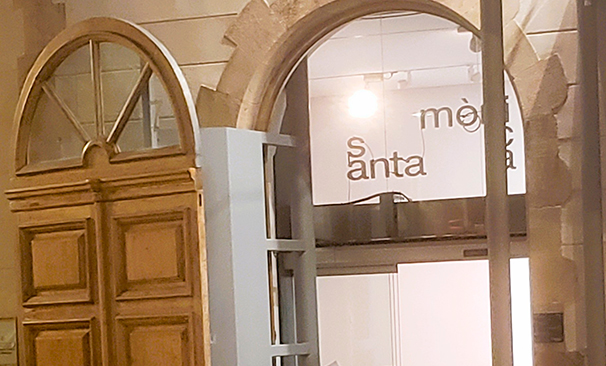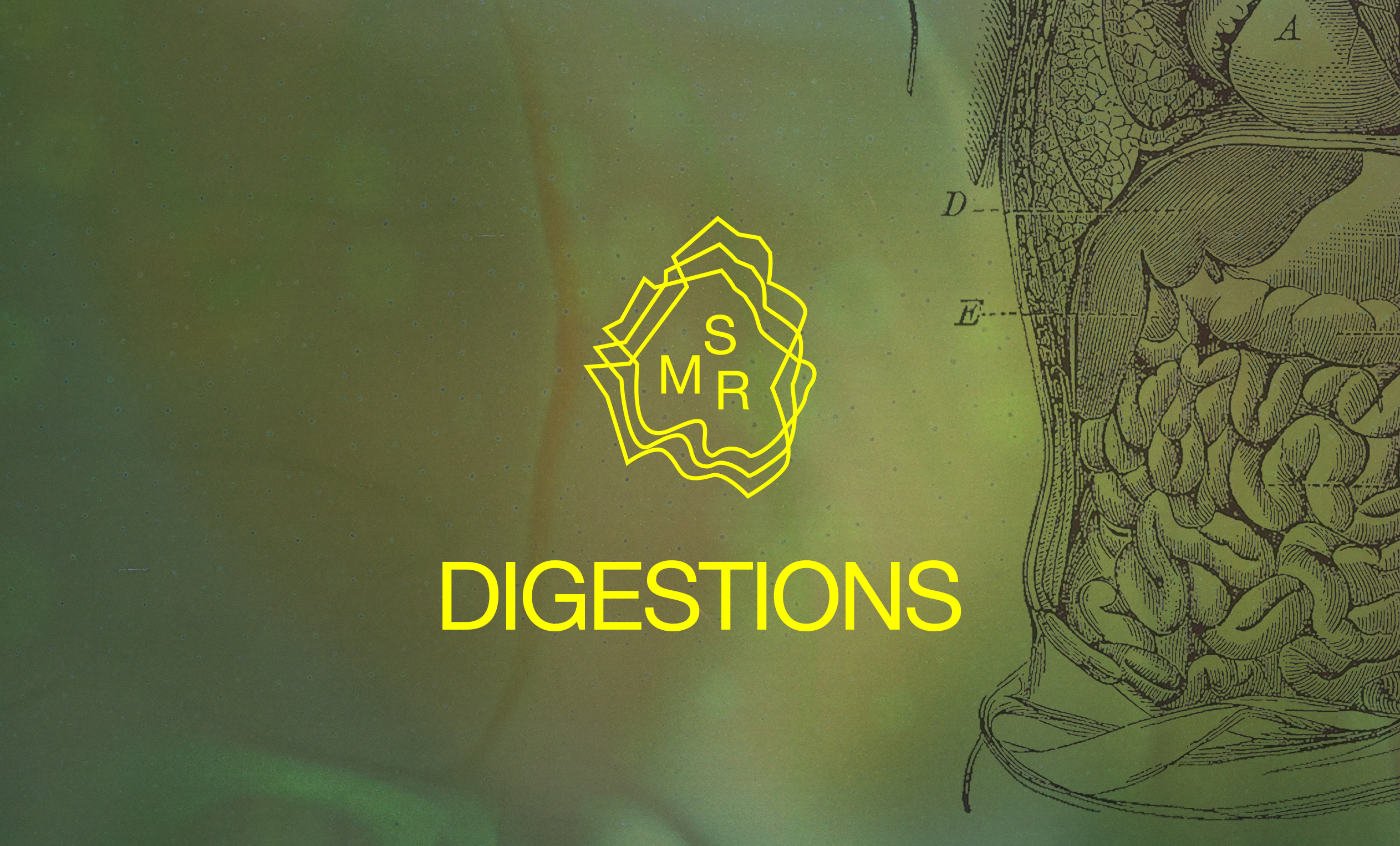What are you looking for?
You might be looking for...
EntreActes
A minor device to explore exhibition scenarios in a state of disassembly and assembly
Abstract
EntreActes is a set of proposals, prototypes and processes designed to be activated during the periods between exhibitions. The aim is to give value to actions and devices of a minor nature, but with a clear desire for experimentation and research, placing them on the same level of importance as the centre's more spectacular activities.
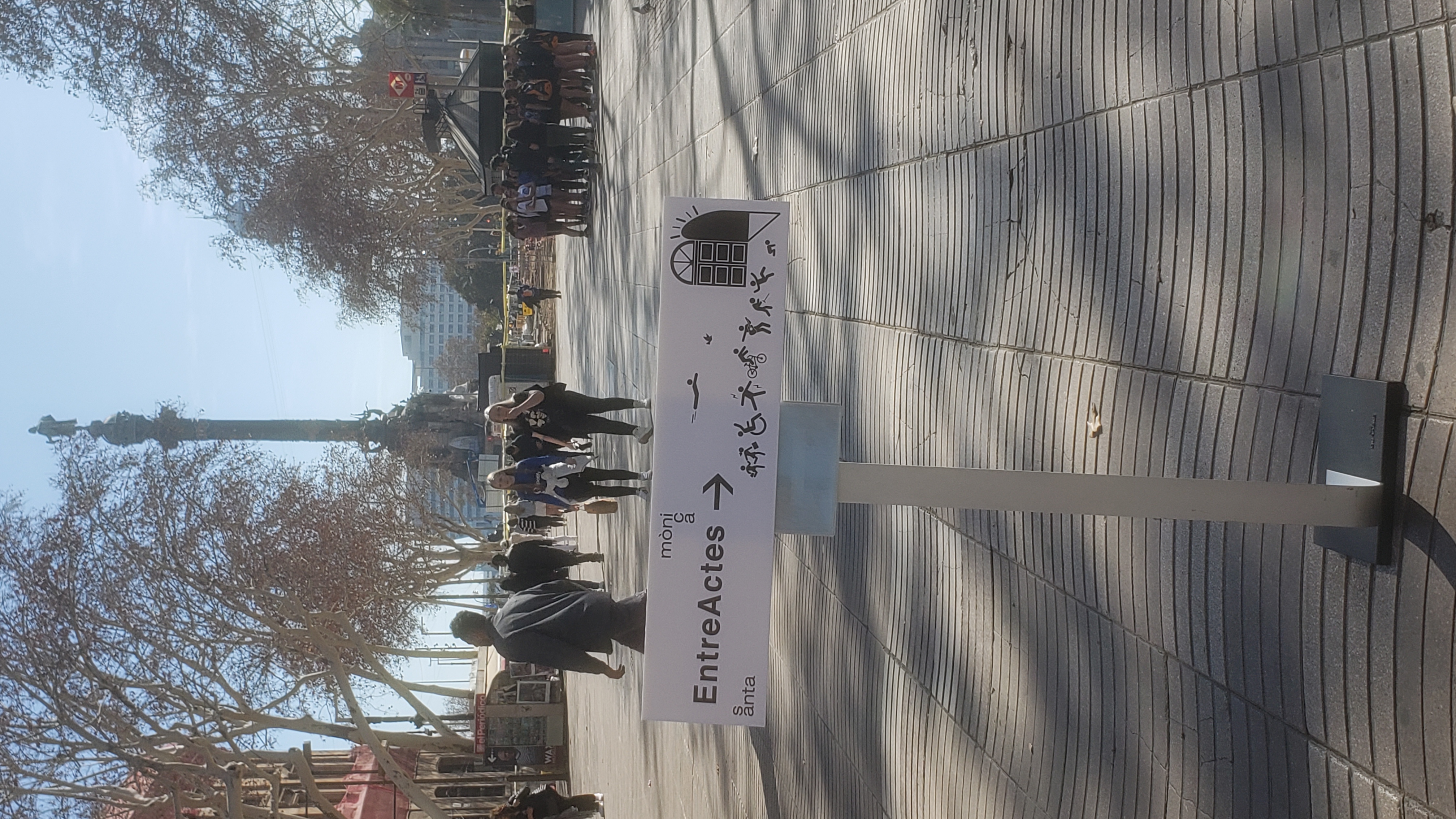
In the performing arts, an intermission, or entreacto, is the pause between the two parts of a play. In the old dramatic performances, this intermission contained a spectacle that was markedly different from the main show: technically simple, adaptable, with a different tone and aesthetic, and conditioned by a series of limitations that demanded greater creativity. Many aesthetic and relational discoveries were made possible during the intermission (especially in comedies).
In keeping with this spirit, EntreActes is conceived as a space for displaying artistic proposals in a state of prototype, improvised actions, experimental, precarious, minimal, fragile live arts, which can be carried out in empty spaces or, rather, in exhibition in states of disassembly and assembly.
Two editions were held throughout 2024, with a diverse programme that included concerts, dance performances, installations, invisible theatre actions, urban interventions and projections.
BACKGROUND
- A lot of internal communication and between work teams
- Organisational levels.
- Computer with office and graphic design software.
INGREDIENTS
1. Gather a team.
2. Organise the necessary meetings with the exhibition programming team, the installation team and the centre's communication team to work out a timetable and find spaces for programming EntreActes without putting extra strain on the teams.
3. Hold a round table discussion to establish the themes, approaches and lines of action, in accordance with the planned presentations.
4. Also, invite all other guilds, residents or artists to participate in the project.
5. Look for potential external partners, according to the thematic focus of EntreActes, and manage your needs, schedule, budget and material.
6. Coordinate the creation and rehearsal of planned actions.
7. Create the necessary graphic material and promote the project.
8. Carry out the planned actions and evaluate them
STEPS
It is important that activities can take place inside, outside and at the entrance of the centre, as a symbolic way of opening up the institution to its surroundings and inviting people from the neighbourhood to come in.
We recommend that migrant artists and artists from various disciplines be considered, in an attempt to build bridges between emerging and non-emerging artists.
RECOMMENDATIONS AND ADVICE
Spaces Guild Prototype 23-24
Pedro Bennaton, Cristina Candela and Anna Solanilla
Les Mòniques, Santa Mónica's information and guided tours team, Santa Mónica's technical team, participants of (crear) Situacions (fifth edition), participants of the Trama project, editing team and guest artists, such as Luana Raiter, Clei Grött, Constanza Blanco, Santiago Bastidas, Tatiana da Silveira (for the two editions of Cua Teatre), Karen Lugo, Pere Martínez, Albert Cases, Anna Colom and Marc López (as performers), Alejandro Castillo (as technical assistant to EntreJam 1 and 2) and Noor Issa (as a performer in EntreExpo).
In the first edition, the Edition Guild collaborated in the creation of a leaflet to publicise the event. In the second, the Communication Guild created this leaflet to publicise the programme of activities of EntreActes. A network of more than 20 people from the Santa Mònica have worked together to make this prototype possible.
PROTOTYPE CREDITS 23-24
* This recipe is based on documentation of the entire process. For more details, contact us at santamonica@gencat.cat.
